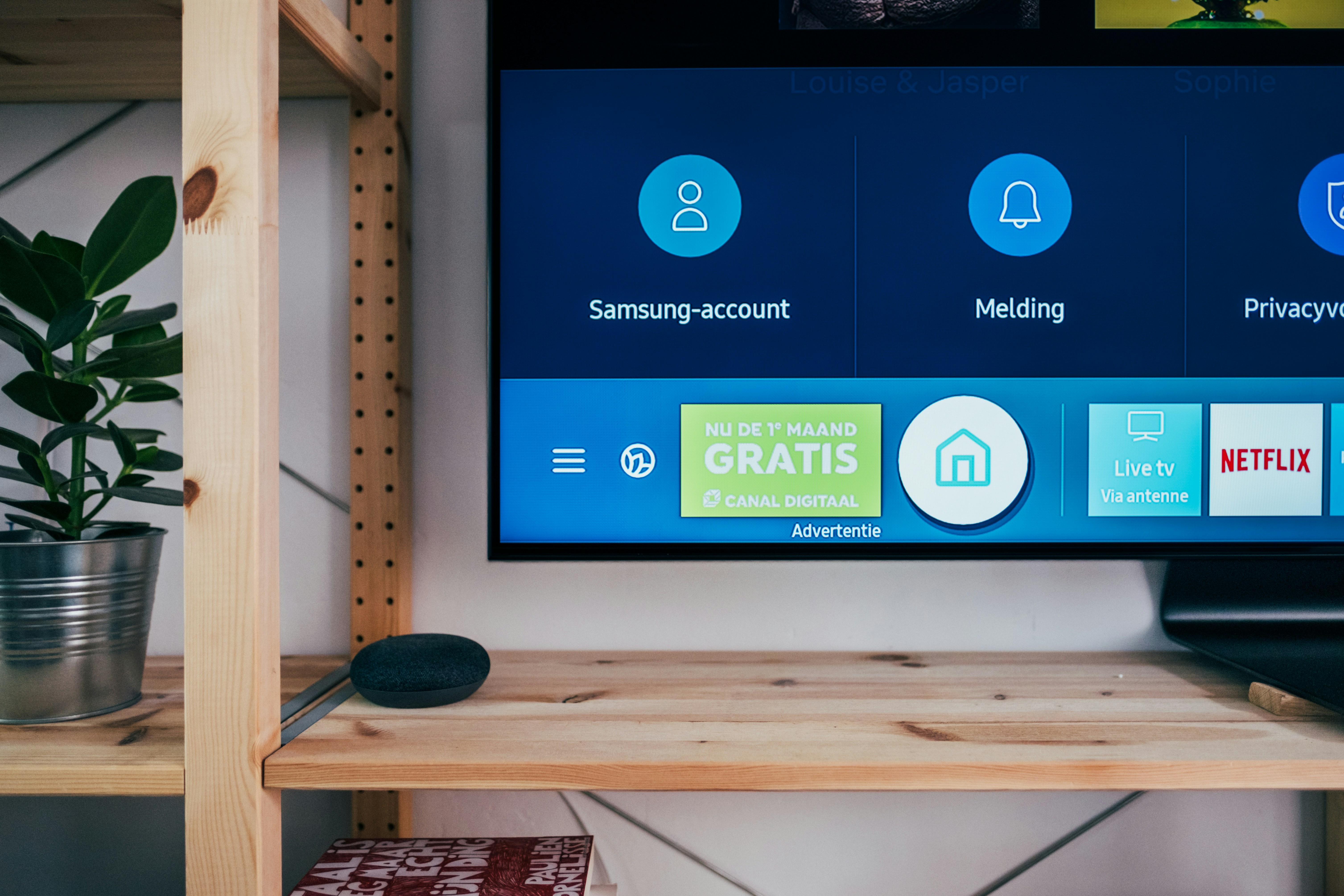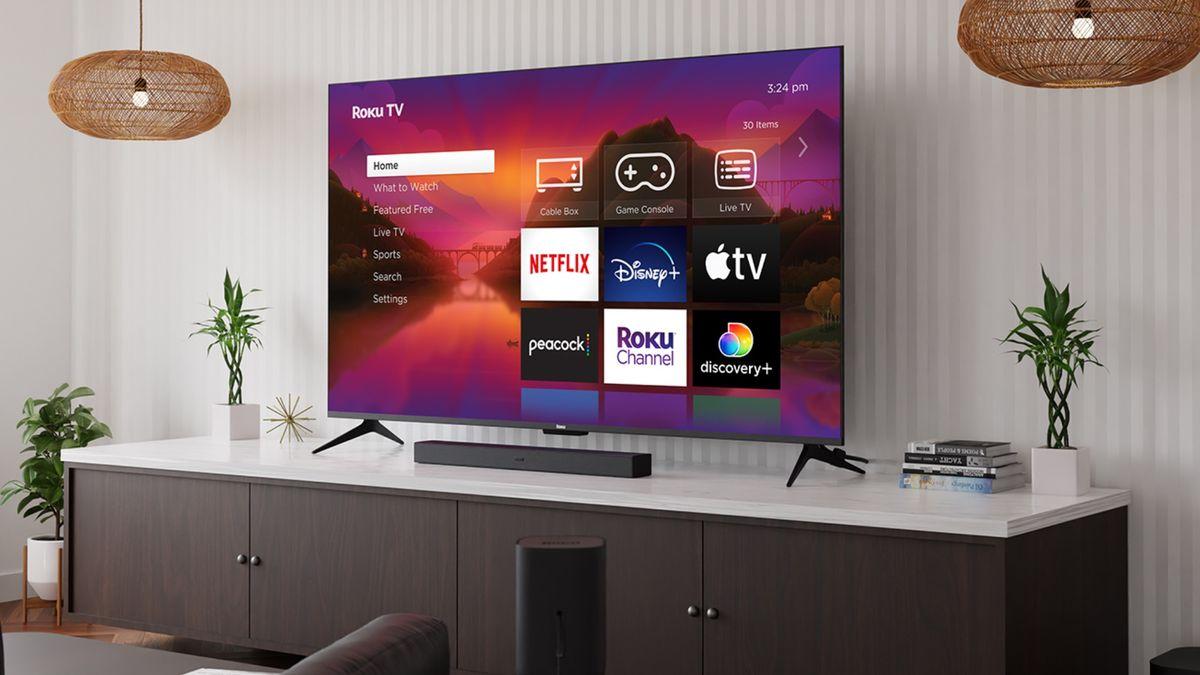In an era where digital privacy is a growing concern, choosing the right device for streaming content can significantly impact how personal data is handled. As consumers increasingly turn to smart TVs and streaming sticks for their entertainment needs, understanding the privacy implications of each option becomes essential. This article delves into the nuances of smart TVs and streaming sticks, examining how each device collects, stores, and shares user data. By analyzing privacy features, data policies, and potential vulnerabilities, we aim to provide a comprehensive overview that will help consumers make informed decisions about their digital privacy in the context of home entertainment.
Privacy Features of Smart TVs and Streaming Sticks
When it comes to safeguarding your personal data, both smart TVs and streaming sticks offer distinct privacy features, though they vary in effectiveness. Smart TVs often come equipped with integrated voice assistants and personalized content recommendations, which may require data collection. However, many manufacturers are now incorporating privacy settings that allow users to limit data sharing and disable tracking features. It’s crucial to navigate these settings carefully to enhance privacy.
Streaming sticks, on the other hand, generally offer a more streamlined approach to privacy. These devices typically have fewer built-in sensors and microphones, reducing potential data collection points. Additionally, they often provide options to manage app permissions more granularly. Key privacy features to look for include:
- Data Encryption: Ensures secure transmission of your information.
- Permission Management: Allows control over what data apps can access.
- Frequent Updates: Regular software updates that address security vulnerabilities.
Ultimately, the choice between a smart TV and a streaming stick for privacy protection hinges on user preferences and the ability to configure privacy settings effectively.

Data Collection Practices and User Consent
When it comes to data collection, both smart TVs and streaming sticks have their own practices that users should be aware of. Smart TVs often come with pre-installed apps and integrated software that may collect data on viewing habits, app usage, and even voice commands if voice recognition is enabled. These devices typically require users to agree to extensive terms and conditions, which can sometimes be opaque about the specifics of data collection.
On the other hand, streaming sticks such as Roku, Fire TV, or Chromecast, also gather data, but their scope can be different. These devices often focus on data related to app usage and streaming preferences. However, they might offer more granular control over privacy settings compared to smart TVs. Users may have the ability to disable personalized ads or limit data sharing with third parties. Here are some key considerations for both options:
- Transparency: Check the privacy policies of both devices to understand what data is being collected.
- User Control: Look for options that allow you to manage data collection preferences.
- Updates: Ensure that your device receives regular updates to address potential security vulnerabilities.
Comparing Security Vulnerabilities in Devices
When examining the security vulnerabilities of smart TVs versus streaming sticks, several key factors emerge. Smart TVs often come with pre-installed software and apps that can be a potential entry point for malicious attacks. These devices are frequently targeted due to their widespread use and the comprehensive data they can access, such as viewing habits and even voice recordings if equipped with microphones. Additionally, smart TVs may not receive regular security updates, leaving them exposed to newer threats.
On the other hand, streaming sticks tend to have a more focused approach to security. They usually operate on a simpler interface and have fewer integrated features, reducing the number of vulnerabilities. However, they are not immune to risks. Streaming sticks rely heavily on user-installed apps, which can sometimes be malicious or poorly secured. It’s crucial for users to download apps only from trusted sources. Key security considerations include:
- Update Frequency: Regular updates can patch vulnerabilities quickly.
- Data Collection: Both devices collect data, but the extent and usage can vary.
- Network Security: Secure your home network to protect both devices.

Recommendations for Enhancing Privacy Protection
Enhancing privacy protection for your streaming devices involves a few strategic steps. First, ensure that your device’s software is up-to-date. Manufacturers often release updates that patch security vulnerabilities, so regular updates are crucial. Additionally, consider disabling features that are not essential for your viewing experience, such as voice recognition or location tracking, which can sometimes collect more data than necessary.
- Review privacy settings: Dive into the privacy settings of your smart TV or streaming stick. Adjust these settings to limit data sharing and opt-out of personalized advertising if possible.
- Use a VPN: A Virtual Private Network can help mask your IP address and encrypt your internet traffic, adding an extra layer of privacy.
- Limit app permissions: Be mindful of the permissions you grant to apps. Only allow access to data that is essential for the app’s function.
- Regularly clear data: Periodically clear your device’s cache and browsing history to minimize data storage.
By implementing these practices, you can significantly enhance the privacy protection of your streaming setup, whether you opt for a smart TV or a streaming stick.



